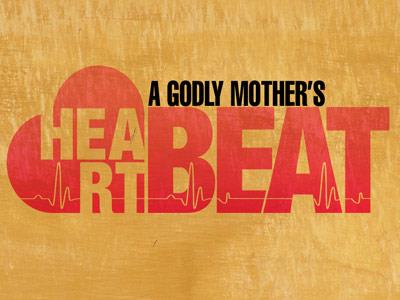-
The Dust Is Turned To Lice Series
Contributed by John Lowe on Jul 22, 2022 (message contributor)
Summary: This Plague came from the land, as the two former came from the river. Aaron "smote the dust of the earth, and it became lice (“Kinnim”) in man, and in beast"(ver. 17). This was a new blow at Egyptian idolatry because the earth was worshipped as well as the river.
The Dust is Turned to Lice (Exodus 8:16-19)
Exodus 8:16-19 (NIV)
Then the LORD said to Moses, “Tell Aaron, ‘Stretch out your staff and strike the dust of the ground,’ and throughout the land of Egypt, the dust will become gnats.” They did this, and when Aaron stretched out his hand with the staff and struck the ground dust, gnats came on people and animals. All the dust throughout the land of Egypt became gnats. However, they could not help when the magicians tried to produce gnats through their secret arts. Since the gnats were on people and animals everywhere, the magicians said to Pharaoh, “This is the finger of God.” But Pharaoh’s heart was hard and he would not listen, just as the LORD had said.
INTRODUCTION
The precise nature of the calamity is a matter of dispute. The word "Kinnim" seems to include various poisonous flies and insects. Some take it to denote mosquitoes. The Plague stands at any rate in immediate relation to the natural troubles of the country. Travelers tell how gnats and flies burst from their pupae and spring into perfect existence as the Nile waters spread over the land's surface and moisten its fine dust. They "revive instantaneously on the dust absorbing moisture enough to discolor it. As the flood slowly advances, a black line of moving insects on the extreme verge moves with it.” There is a terrible "tick" described by Sir Samuel Baker, which lives in hot sand and dust, and preys on the blood of animals. "From the size of a grain of sand, in its natural state, it swells to the size of a hazel nut" and is "the greatest enemy to man and beast." Here, then, was a new horror, the intolerableness of the Plague being increased by the insignificance of the enemy and the hopelessness of fighting against it.
(16) Then the LORD said to Moses, “Tell Aaron, ‘Stretch out your staff and strike the dust of the ground,’ and throughout the land of Egypt, the dust will become gnats (“Kinnim”).”
(17) They did this, and when Aaron stretched out his hand with the staff and struck the dust of the ground, gnats came on people and animals. All the dust throughout the land of Egypt became gnats.
The precise nature of the visitation is a matter of disagreement. The word "Kinnim" seems to include various poisonous flies and insects. Some take it to denote mosquitoes. The Plague stands at any rate in immediate relation to the natural troubles of the country. Travelers tell how gnats and flies burst from their pupae and spring into existence as the Nile waters spread over the land's surface and moisten its fine dust. They "revive” instantaneously on the dust absorbing moisture enough to discolor it. As the flood slowly advances, a black line of moving insects on the extreme verge moves. There is a terrible "tick" described by Sir Samuel Baker, which lives in hot sand and dust, and preys on the blood of animals. "From the size of a grain of sand, in its natural state, it swells to the size of a hazel nut" and is "the greatest enemy to man and beast." Here, then, was a new horror, the intolerableness of the Plague being increased by the insignificance of the enemy and the hopelessness of fighting against it.
Dust prevails in Egypt to a highly inconvenient extent. "We traveled to Ashmim." says one writer, "through clouds of dust, raised by a high wind, which intercepted our view as much as if we had been traveling in a fog.” "There is one great source of discomfort," says another, "arising from the dryness of the atmosphere, namely, an excessive quantity of dust." When "all the dust of the land became mosquitoes" (Exodus 8:17), the Plague must have been great.
It is disputed whether this Plague was one of lice or mosquitoes. Josephus and the Jewish commentators generally take the former view. At the same time, the LXX. and Vulgate support the latter, by the authorities of Philo, Artapanus, Origen, and St. Augustine in ancient, and by those of Rosenmüller, Michaelis, Œdmann, Gesenius, Keil, and Kalisch in modern times. The word used (kinnim) seems connected with the Greek ????, or ?????, and is reasonably regarded as formed by onomatopoeia, from the sharp tingling sound given out by the insect when on the wing. The trouble caused to the Egyptians of the Delta by mosquitoes is noticed by Herodotus, while moderns, such as Forskal, declare that they are an absolute pest at certain seasons. They are most troublesome in October and are said to attack the exposed parts of the skin, especially the ears, the nostrils, and the eyes, where they do significant damage. Some have thought mosquitoes do not molest cattle (Exodus 8:17). However, Kalisch says, "They molest especially beasts, as oxen and horses, flying into their eyes and nostrils, driving them to madness and fury, and sometimes even torturing them to death."

 Sermon Central
Sermon Central



